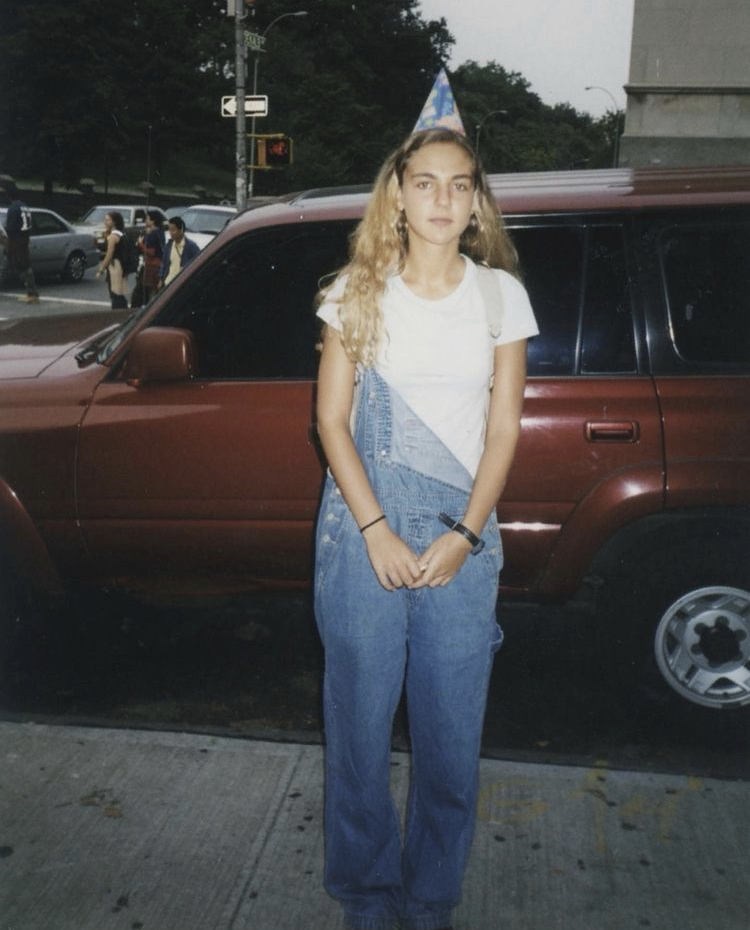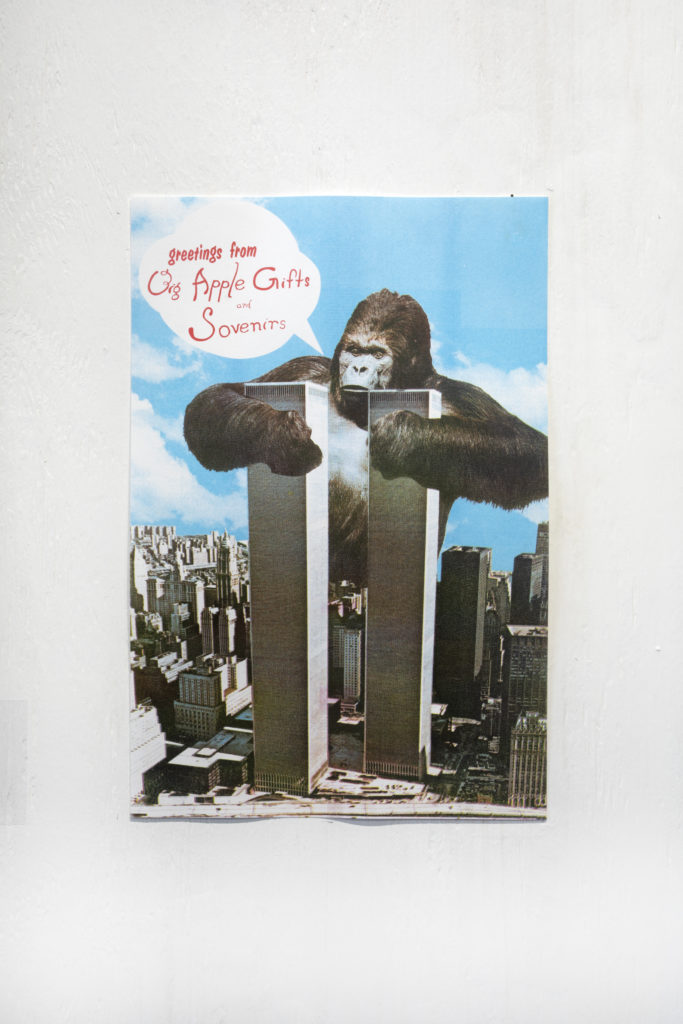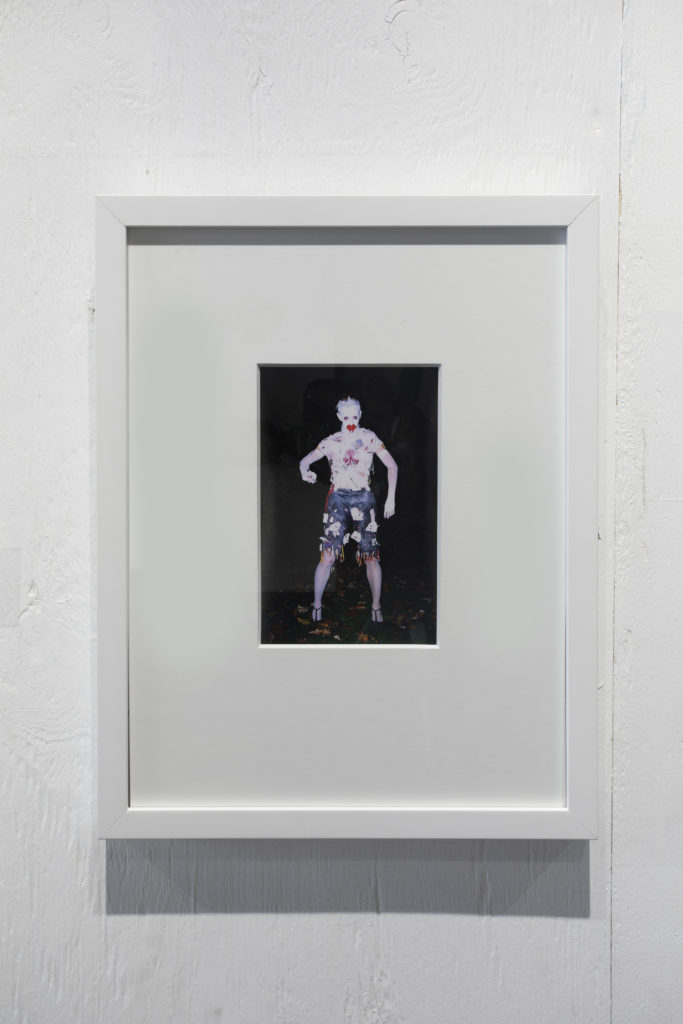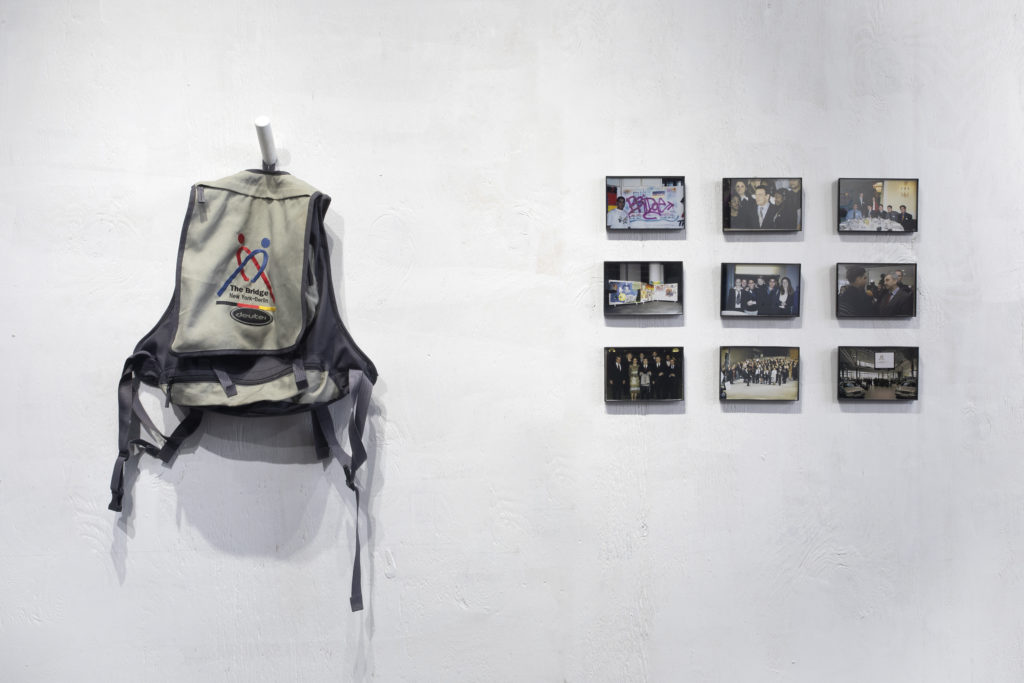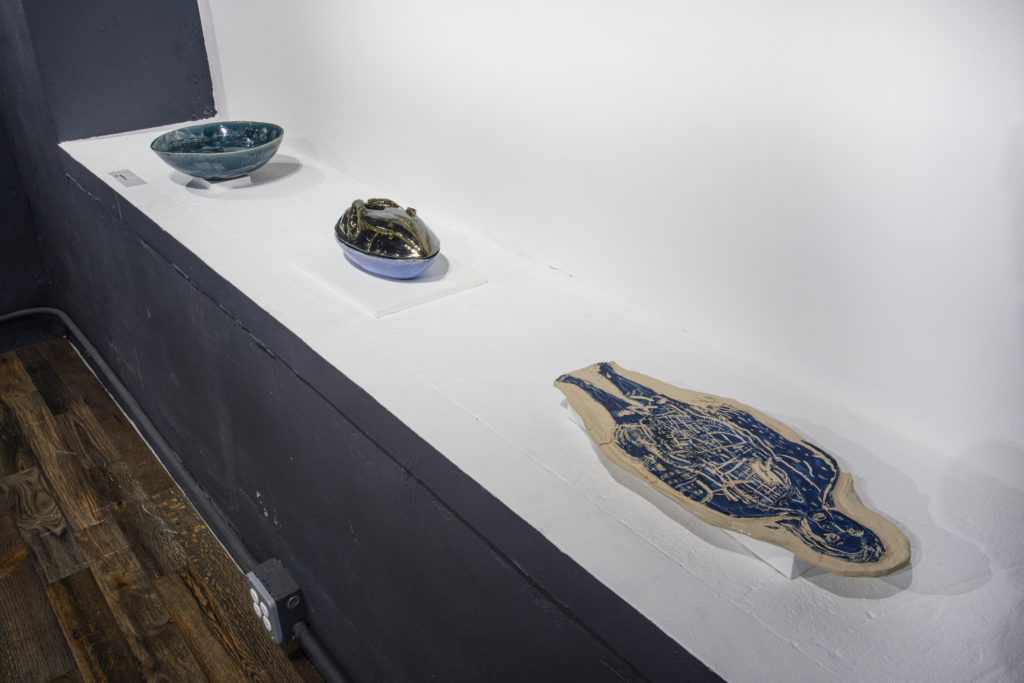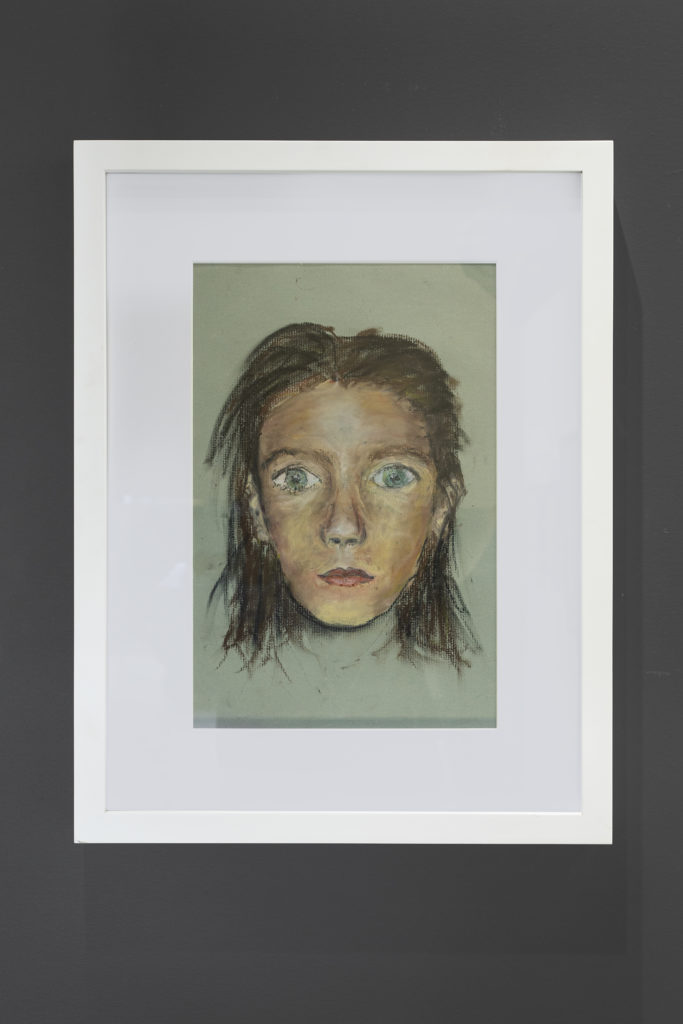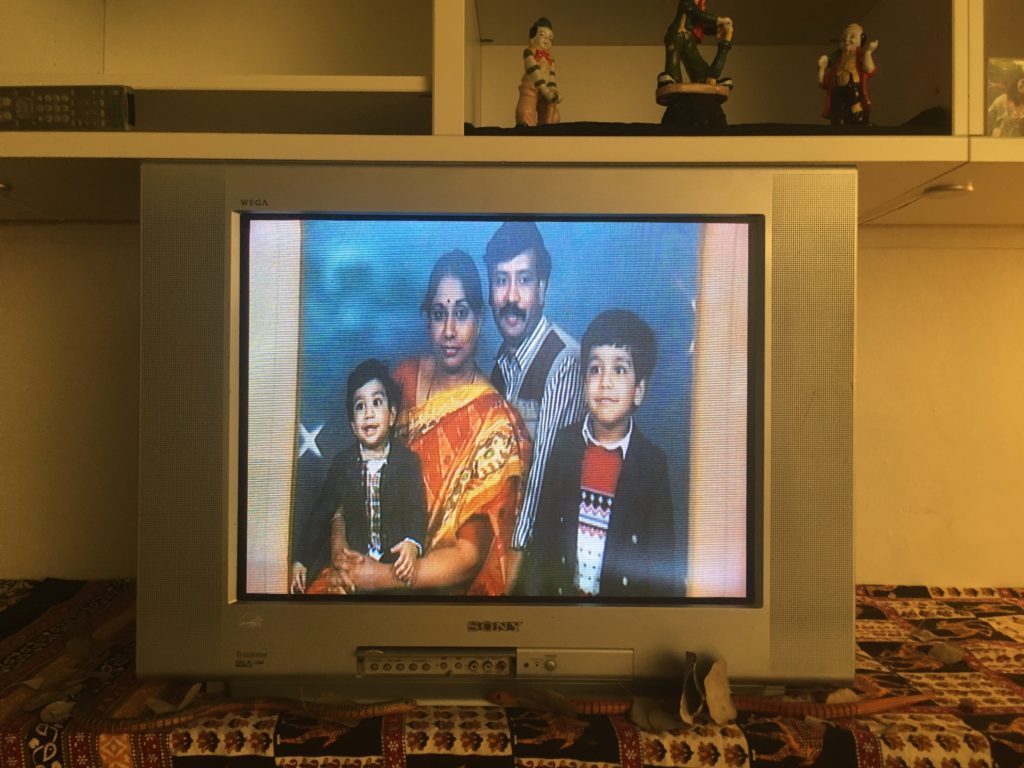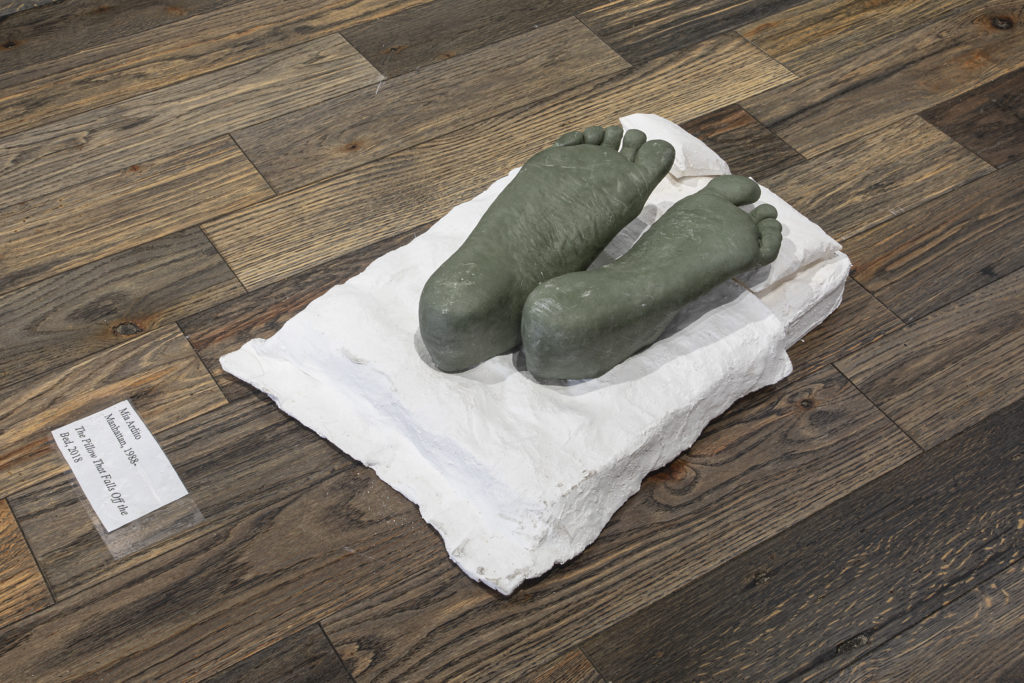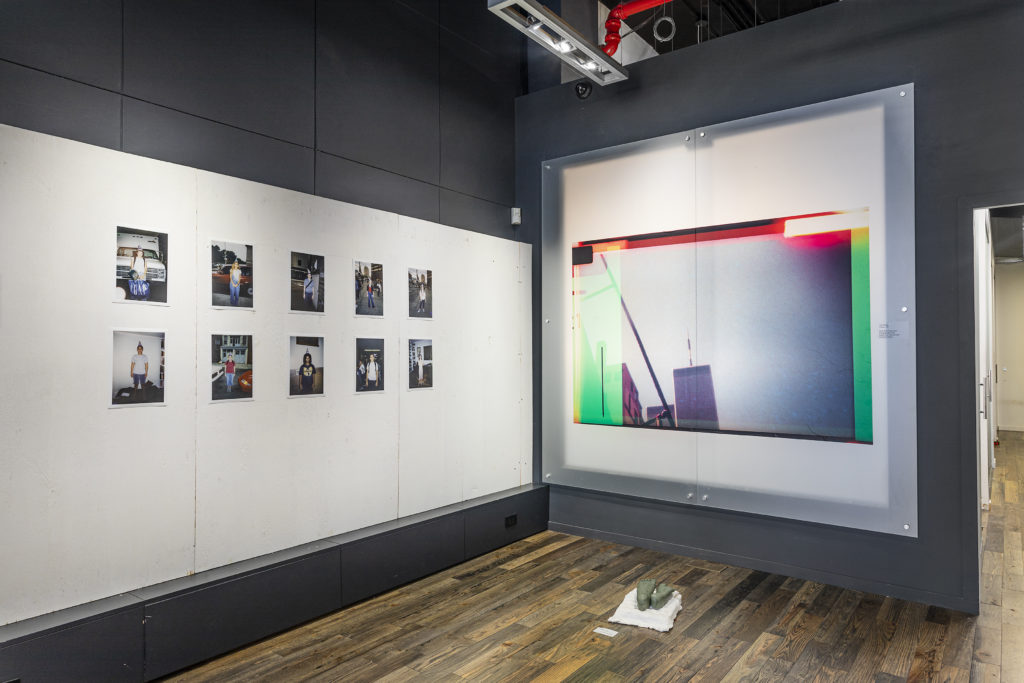I wasn’t in New York to see the Towers Fall. I had just left the city to begin graduate school in Syracuse. I watched the smoke rising from the World Trade Center on my small TV screen and when I couldn’t take it anymore, I took a bath. When I came back to the television, the Towers weren’t there anymore. At the moment the first tower fell, Z Behl was in the lobby of Stuyvesant High School on Chambers Street trying to evacuate with her mother.
Rubble started hitting the huge south-facing glass atrium and it turned completely black. We didn’t know why–the building shook and some swat-looking guy ran past with an automatic weapon. The second [tower fell and] I was already home. We saw it on TV a minute after. We saw all the dust blow past our window–then we had to evacuate our home because we were on the coned mainline.
You did not have to be in New York or even alive in 2001 to consider the impact of those airplanes. This art-anthropological exhibition traces the effects of that day forward through the sensibilities of these artists. An installation by The Smith Family siblings includes three photographs taken in their SoHo apartment on 9/11: Mariana, age fourteen on the fire escape, watching the smoke rise; a Lego model of the towers made by Bruno, age ten; and an umbrella-shelter constructed by eight-year old Ceci. Less specific to that the day, is Nina Macintosh’s ceramic Grief Bowl or Mia Ardito’s The Pillow that Falls off the Bed. Jon De Cola was not yet twenty when he headed toward the Towers with a camera. He picked up a piece of charred paper and kept it. There was, by all accounts, paper and ash everywhere. Many years later, De Cola Googled the words on the paper. He found a PDF online, and took a screenshot. Showing the original and the reconstructed whole suggests he is trying to mend something that had been broken. Holding Time reminds us that global events are personal events that become the stories of who we are and what we have endured. Some stories belong to those who were very young.
I came out of the room where I had been virtually viewing Holding Time to find my two sons, ten and thirteen years old, on the couch looking at screens. They had not yet returned to “in-person school” because of closures due to Hurricane Ida. We just finished a two-week Covid quarantine that had squelched my idea of evacuating to New York, which would, as it turned out, also be affected by Hurricane Ida. I wondered how these events were being archived in the minds of my children and how will they shape their futures. Even if you weren’t in New York on 9/11 and if you were not in New York to see Holding Time, something in this show would remind you of something you have been through, some global event that left its mark on you. Every child, every person in the world, wants to feel safe. The times we do not feel safe make their mark on us. Catastrophic events can divide us; this show suggests they can also connect us.
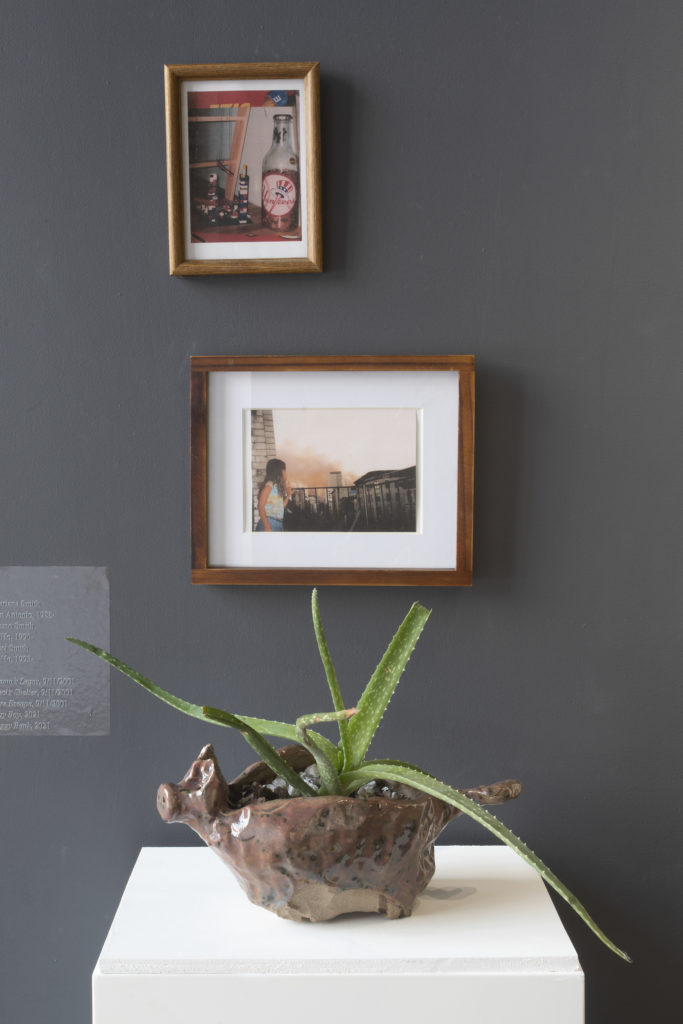
Bruno’s Legos, 9/11/2001
Ceci’s Shelter, 9/11/2001
Fire Escape, 9/11/2001
Coy Boy, 2021
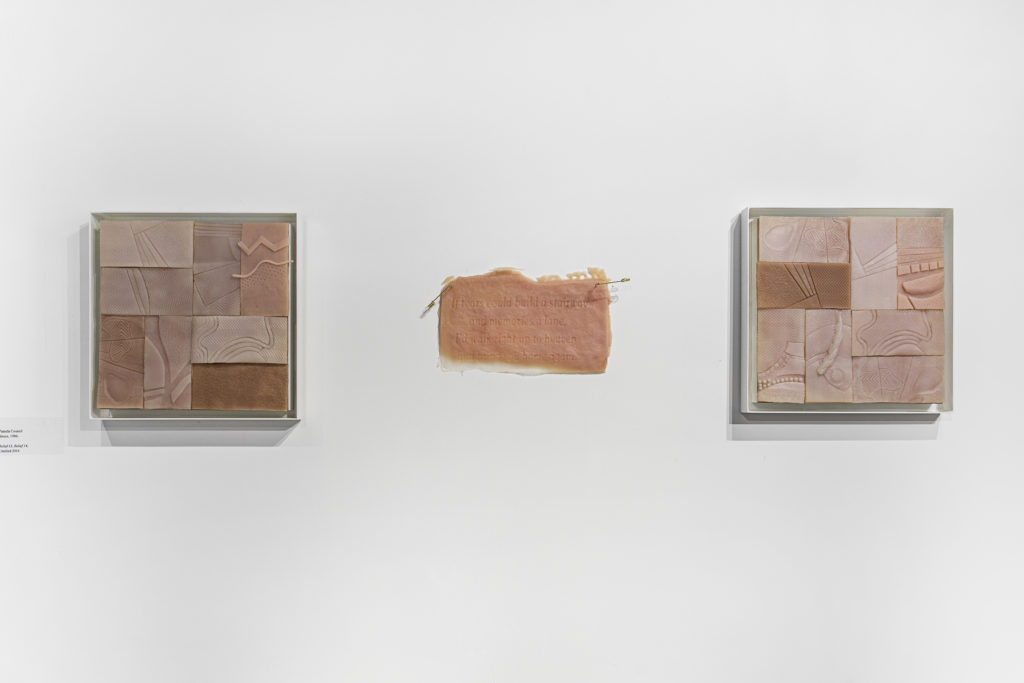
Relief 13, 2014 , 18x18x3, Silicone
Relief 14, 2014 , 18x18x3, Silicone
Untitled (Text Piece: If tears could build a stairway, and memories a lane, I’d walk right up to heaven, and bring you home again), 2014, 14”x18”x6”, Plaster
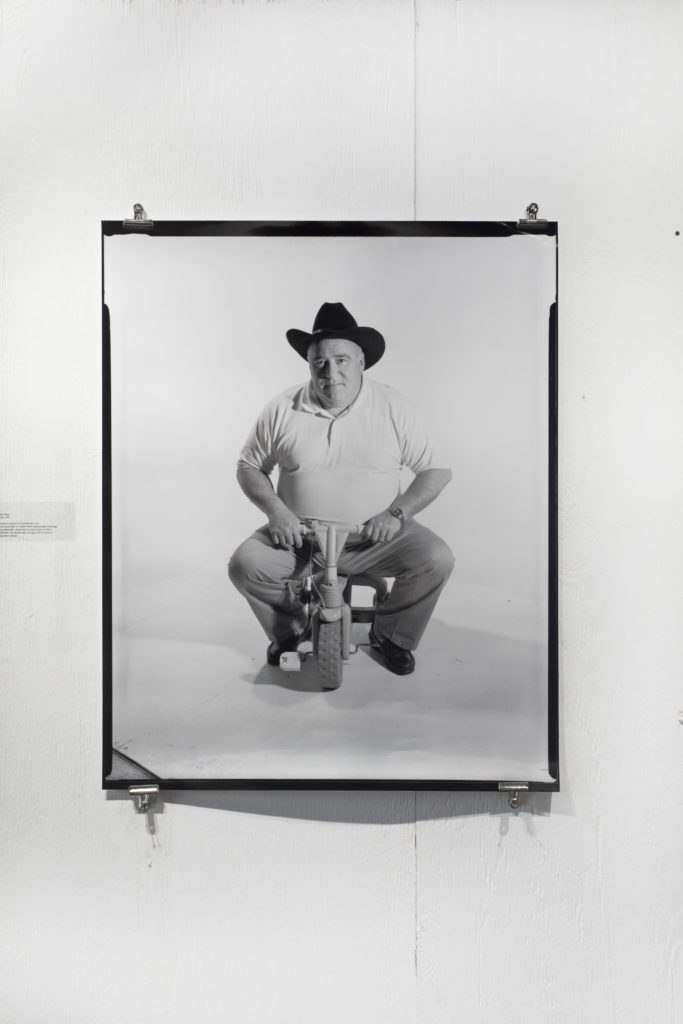
Portrait of Mr. Blaufarb, 2001
In the months after 9/11, Ethan Moses began printing increasingly large photographs, culminating in a massive print of school administrator Mr. Blaufarb that was hung to fill the atrium of Stuyvesant’s entrance.**
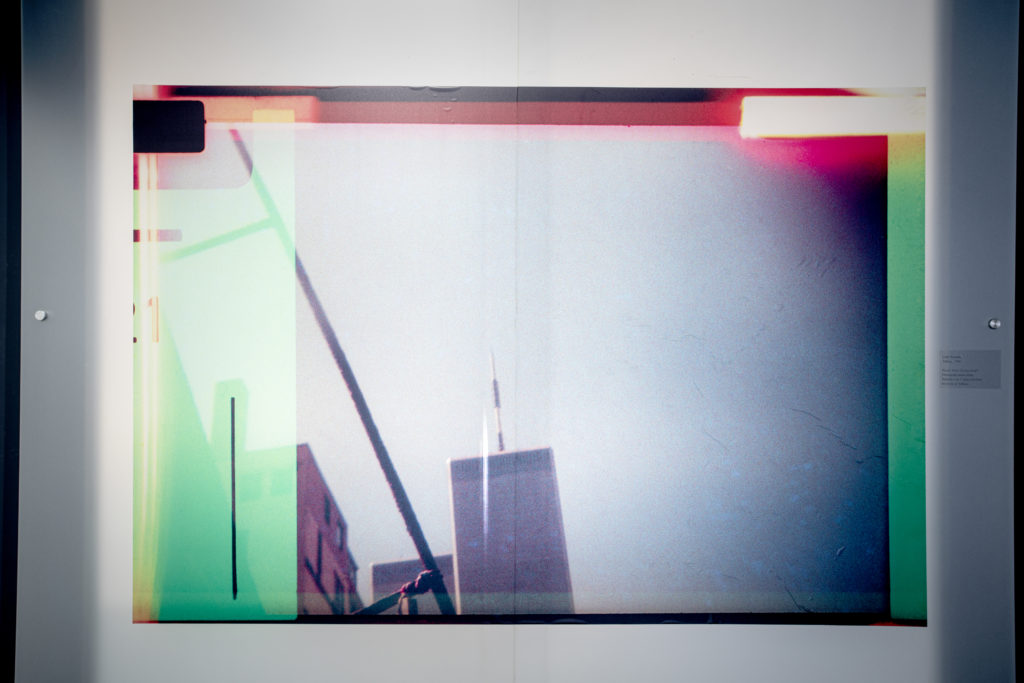
Reade Street Facing South, 1990- 52”x77” C Print with Light Box
Photograph taken by Ranaldo from his living room window in Tribeca at age 5.
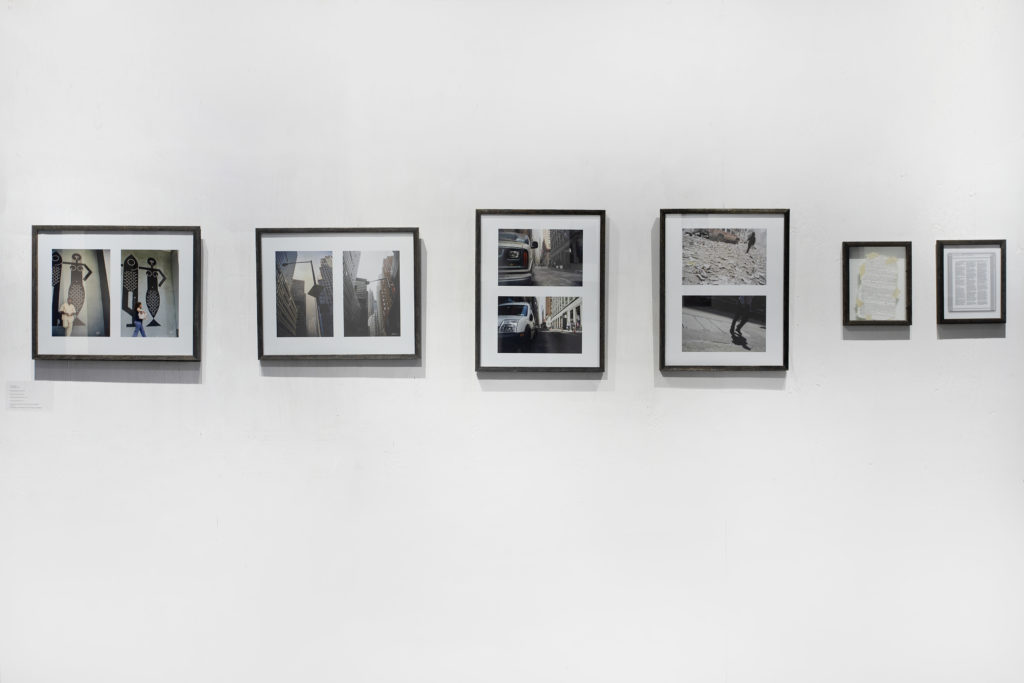
Ongoing photo series, re-shooting 35mm photos taken by De Cola on 9/11/01. Framed as dyptichs.
Fulton and Pearl, 2001-2016, 17×21”
Pearl and John, 2001-2014, 17×21”
Liberty and Broadway, 2001-2014, 21×17”
John and Gold, 2001-2015, 21×17”
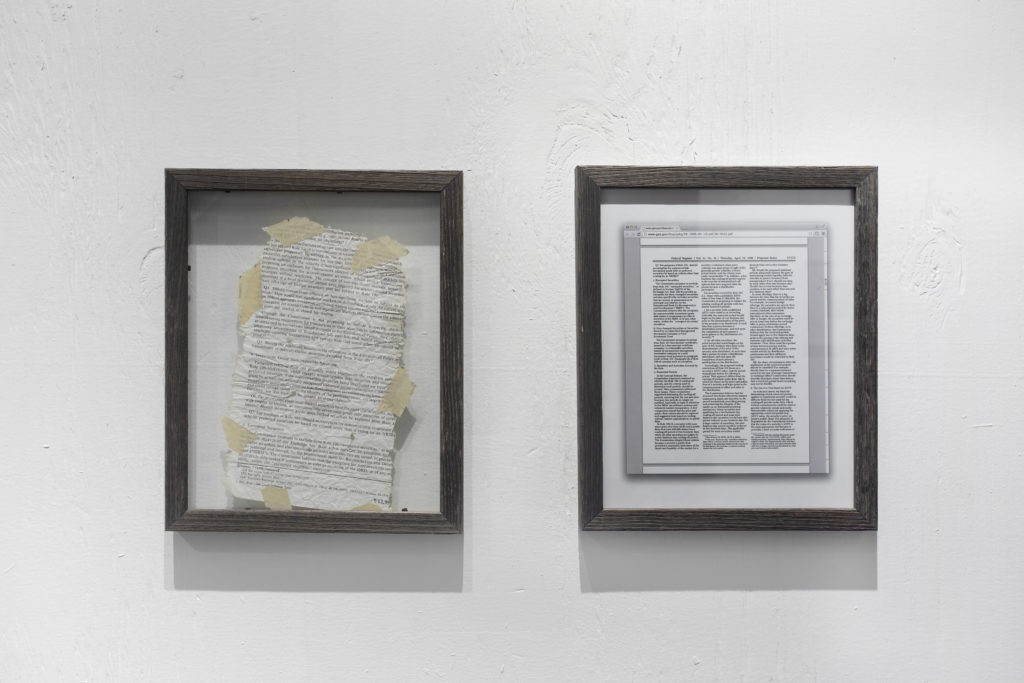
Trading Practices Rules Concerning Securities Offerings, 2001-2021, Two 9×11” works.
Found paper, archival inkjet print on office paper, wood frames
In 2002, the NYC Board of Education selected 25 students from high schools near ground zero to fly to Germany at the invitation of German Chancellor Gerhard Schroeder.
“We thought, what can we do?” Schroeder said. “There is always the obvious sending of money and material, but we wanted to do something with a more long lasting effect.”
They began their journey meeting former New York Mayor Rudolph Giuliani at an award ceremony honoring him in Baden-Baden, before travelling to Berlin to meet Chancellor Schroeder, and then Munich, Stuttgart, Heidelberg, and Cologne.**
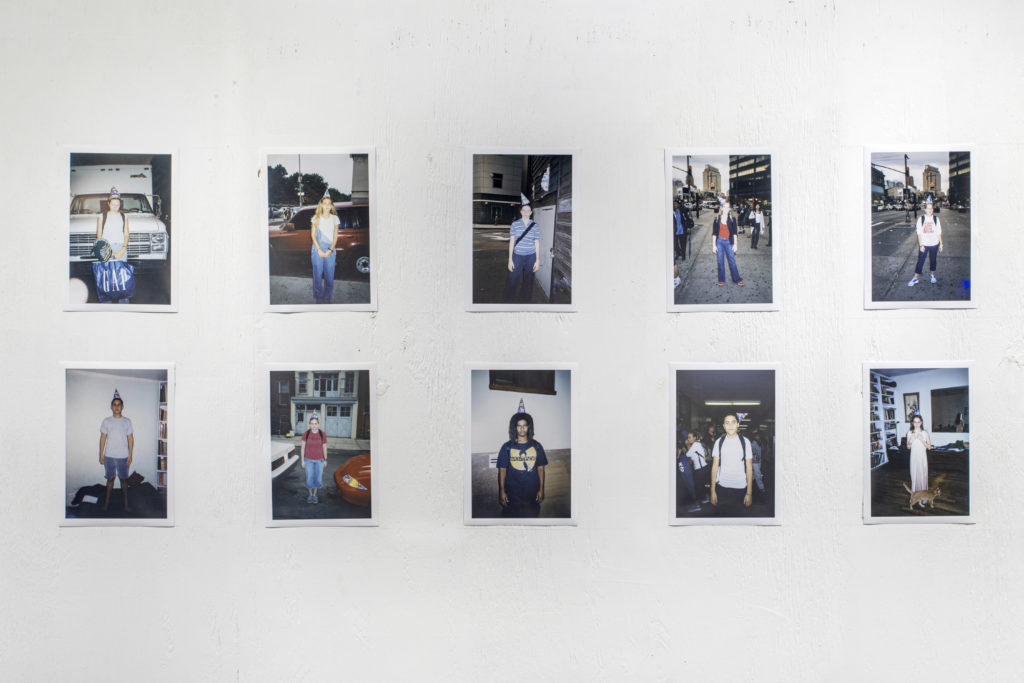
Photographs from Series: Portraits for Jess Pinkham’s Birthday, September 2001
In the weeks after 9/11, Stuyvesant High School was relocated to downtown Brooklyn. Students and faculties occupied Brooklyn Technical High School in staggered shifts. During this time, David Lê and Lila Babb shot a series of portraits for their friend Jess Pinkham’s birthday—subjects were asked to wear party hats but to “look sad.”**
* All work photographed by Jon De Cola
** Quoted from Holding Time Press Material
